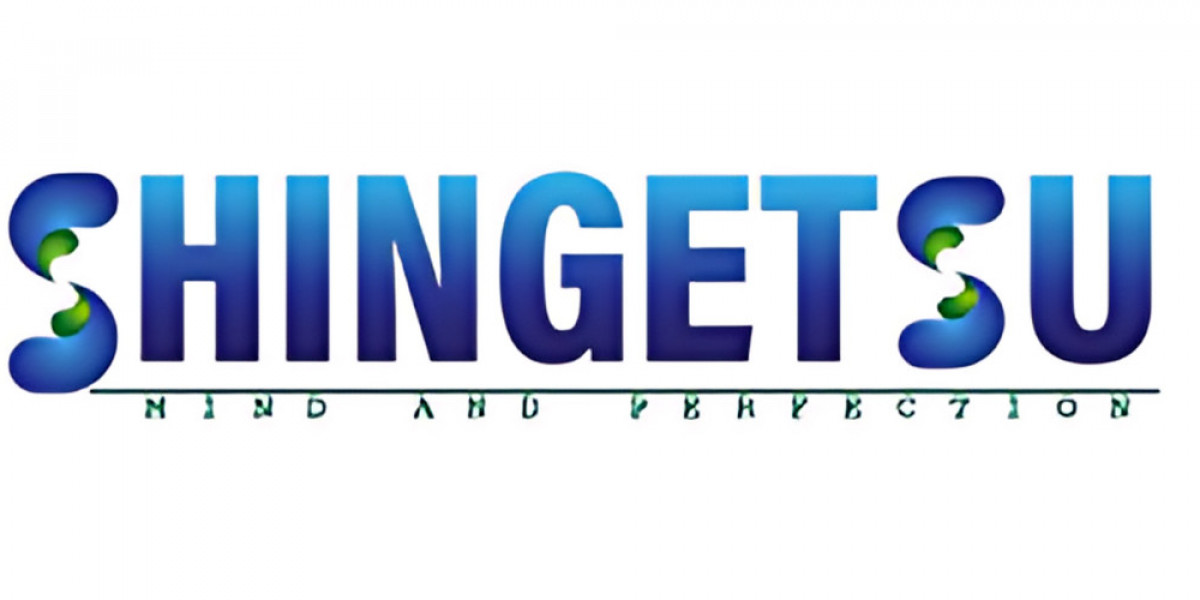Why is the Wind Turbine Rotor Blades Market Booming?
The global energy landscape is rapidly evolving, and one key player in this shift is the Wind Turbine Rotor Blades Market. As the world strives for cleaner, renewable energy solutions, wind turbines have become a crucial part of the equation. These towering structures are not just fascinating; they’re also instrumental in reducing our carbon footprint. But why is the market for wind turbine rotor blades expanding so quickly?
In this post, we’ll explore the reasons behind this surge, including growing demand for wind energy, technological advancements, and shifting political and economic landscapes. Let’s take a deeper dive into why wind turbine rotor blades are at the center of the global renewable energy revolution.
Understanding Wind Turbine Rotor Blades
Before diving into the market dynamics, it's essential to understand what wind turbine rotor blades are. Essentially, they are airfoil-shaped structures designed to capture wind energy and convert it into electrical power. Much like the wings of an airplane, they generate lift, allowing the blades to rotate and drive the rotor. This motion powers the generator that produces electricity.
Wind turbine rotor blades are critical for harnessing the kinetic energy of the wind and transforming it into usable energy. Their design and materials directly affect the efficiency of the turbines, making them a focal point in renewable energy technology.
Growth Drivers of the Wind Turbine Rotor Blades Market
Several factors are driving the growth of the Wind Turbine Rotor Blades Market. Let’s break down some of the key reasons for this upward trend:
1. Rising Demand for Renewable Energy
As the global demand for renewable energy increases, wind power plays a significant role. Governments around the world are setting ambitious targets to reduce carbon emissions and transition to cleaner energy sources. Wind turbines are one of the most efficient ways to generate electricity from renewable resources, making wind turbine rotor blades more in demand than ever.
2. Technological Advancements
The wind turbine industry is constantly evolving, with new technologies improving the efficiency and output of turbines. Innovations in blade materials, such as carbon fiber composites, are making blades lighter and more durable. This has led to larger, more efficient turbines that can generate more power, even in areas with lower wind speeds.
The trend towards larger wind turbine blades is also propelling the Wind Turbine Rotor Blades Market forward. As turbines grow in size, the need for longer and more robust rotor blades increases.
3. Falling Costs of Wind Energy
Over the years, the cost of generating wind energy has decreased significantly. This reduction in costs makes wind power more attractive to governments and private investors. As the price of wind power generation falls, the demand for wind turbine rotor blades grows, leading to the expansion of the market.
4. Government Support
Governments around the world are offering incentives to boost the renewable energy sector. This includes financial support, tax incentives, and favorable policies for wind energy projects. With growing political support, the wind energy industry is expanding rapidly, leading to an increase in the demand for wind turbine rotor blades.
Opportunities in the Wind Turbine Rotor Blades Market
The Wind Turbine Rotor Blades Market is full of opportunities for businesses and investors. As technology improves and more countries embrace wind energy, several factors present exciting possibilities:
1. Innovative Materials
Wind turbine rotor blades are traditionally made from fiberglass and, more recently, carbon fiber composites. Carbon fiber, known for its strength and light weight, is expected to see increased use in future turbine blades. These materials offer several benefits, such as reduced blade mass, lower costs, and enhanced performance.
For investors and companies involved in material science and manufacturing, this presents a significant opportunity to innovate and capture market share in a rapidly growing industry.
2. Offshore Wind Energy
Offshore wind turbines are particularly exciting due to their ability to capture faster and more consistent wind speeds. Offshore wind speeds can be significantly higher than those on land, leading to greater energy production. As offshore wind energy projects continue to expand, the demand for specialized rotor blades designed to handle the unique conditions of the ocean environment will rise.
This presents significant opportunities for companies operating in the Wind Turbine Rotor Blades Market, especially those that specialize in offshore projects.
3. Emerging Economies
In many developing countries, the demand for clean energy is on the rise. As governments invest in infrastructure and renewable energy projects, these markets present new growth opportunities. Companies involved in wind energy, particularly in emerging economies, can tap into a rapidly expanding market for wind turbine rotor blades.
Challenges Facing the Wind Turbine Rotor Blades Market
While there are abundant opportunities, there are also challenges that could slow the growth of the Wind Turbine Rotor Blades Market:
1. High Installation and Transportation Costs
Wind turbine projects are expensive, and one of the biggest costs is the installation of the turbines. Rotor blades, which can be enormous in size, must be transported to the installation site. This presents logistical challenges, particularly in remote or offshore locations.
The cost of transportation and installation can significantly impact the overall cost of wind power generation, which might deter some investors or project developers.
2. Research and Development Costs
Developing new materials and technologies for wind turbine blades requires substantial investment in research and development. The cost of innovation can be high, and not all companies have the financial resources to invest in cutting-edge technology. However, those that do may gain a competitive edge in the market.
3. Competition from Alternative Energy Sources
While wind energy is growing, it is not the only form of renewable energy. Solar energy, for example, is also experiencing rapid growth and could pose a challenge to wind energy in certain regions. Furthermore, advancements in battery storage technology could enable solar power to be used more efficiently, which might impact the demand for wind energy.
Impact of COVID-19 on the Wind Turbine Rotor Blades Market
The Wind Turbine Rotor Blades Market faced some disruptions during the COVID-19 pandemic. The global lockdowns caused manufacturing delays and disruptions in the supply chain. Many wind turbine projects were put on hold, and the industry faced challenges in meeting project deadlines.
However, the market is recovering, and the pandemic has only increased the focus on renewable energy sources as the world seeks to rebuild in a more sustainable way. In fact, post-COVID, many governments are more committed than ever to supporting clean energy projects, which bodes well for the Wind Turbine Rotor Blades Market moving forward.
Regional Insights and Market Outlook
The Wind Turbine Rotor Blades Market is growing at different rates across various regions.
Asia-Pacific is leading the charge, with China being the largest producer of wind energy globally. Countries like India and Japan are also contributing significantly to the growth of the market in this region.
North America and Europe are key players as well. Europe has long been a hub for wind energy, with countries like Germany and Spain investing heavily in wind turbine technology. North America, particularly the United States, has also seen significant growth in wind energy.
Offshore wind energy is growing rapidly in regions like Europe and North America, where companies are investing heavily in offshore wind farms.
Conclusion
The Wind Turbine Rotor Blades Market is poised for significant growth in the coming years, driven by the increasing demand for renewable energy, technological advancements, and supportive government policies. While challenges such as high installation costs and competition from other energy sources remain, the market holds immense potential for innovation and investment. With the ongoing shift towards a cleaner, greener future, wind turbine rotor blades will continue to play a pivotal role in the global energy transformation.
To learn more about this dynamic market, check out the Wind Turbine Rotor Blades Market for a deeper analysis and insights.









